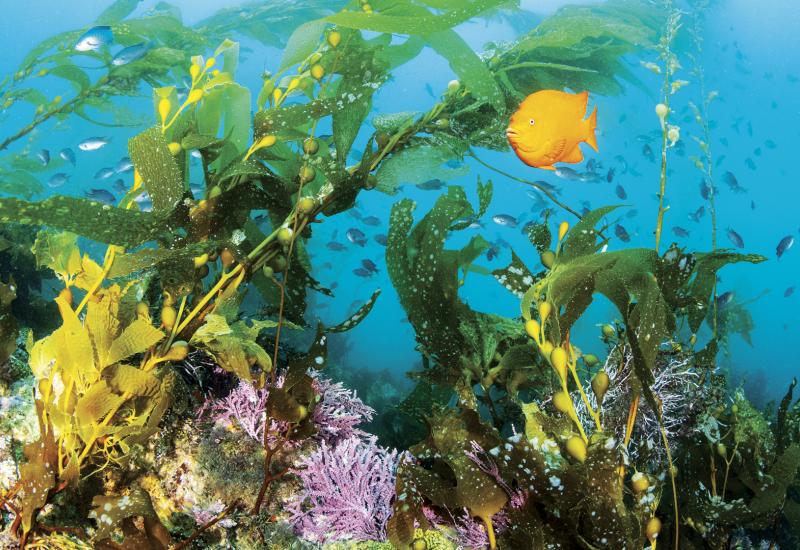At the Back of the Boat: Bob Halstead

Celebrated underwater photographer Bob Halstead has been diving and taking underwater images since the late 1960s. Halstead has won many awards, including the 1983 Australasia Underwater Photographer of the Year. He was inducted into the International Scuba Diving Hall of Fame in 2008. We sat down with Halstead in September at the Heron Island Dive Fest in Queensland, Australia, where Bob was presenting an underwater photography workshop.
Bottom Time: When and where did you learn to dive?
Bob Halstead: I escaped England and set out to explore the world in 1968. I got a teaching post as Head of the Physics Department at Queen’s College in Nassau, Bahamas, and the first thing I did was learn to dive. I bought a Nikonos 2 and started taking pictures soon after. I’ve always been fascinated by fish. In 1970, I was certified as a NAUI instructor (#2000), and in 1977, my wife Dinah and I formed Papua New Guinea’s first full-time sport diving business, Tropical Diving Adventures, based in Port Moresby. I haven’t wasted a minute since.
BT: You’re credited with discovering muck diving. Tell us about that.
BH: Muck diving is what I started calling the diving we did on black sand beaches in Milne Bay, Papua New Guinea. My divers would say, “We paid a lot of money—we don’t want to dive there,” but I promised them that we’d be searching for exotic creatures. And now of course, people pay a lot of money to do muck diving! A sanddiver fish, Trichonotus halstead, was named after Dinah and me in 1996, and in 2002, a goby, Lubricogobius dinah, was named after Dinah, and a new species of razorfish was named after me, Xyrichtys halsteadi.
BT: When did you build the Telita live-aboard?
BH: We ran adventure camp and dive safaris for about seven years and then realized we had to get a live-aboard to do these properly. We hired a naval architect and had the Telita built. The Telita was the first live-aboard dive boat. The inaugural trip was Christmas 1986 with Amos Nachoum. We lived on board the boat for 10 years—we explored everywhere, a great deal of it finding unexplored spots. We sold the boat to Mike Ball in the early 1990s.
BT: What’s your best tip for a new underwater photographers:
BH: I like to tell them to become observers. The differences between some fish can be very subtle—sometimes, even they can’t even work it out! You’ll sometimes see two different species swimming together. Fish are very interesting animals and with patience and practice, you can get images that are also interesting.










